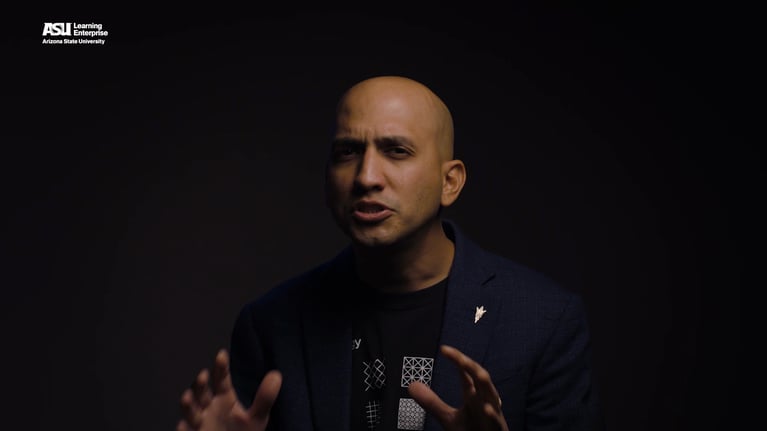There are three main types of manufacturing: formative, subtractive, and additive. Formative manufacturing includes processes like casting and injection molding that force materials into taking on a certain form. No material is added or removed in formative manufacturing. On the other hand, subtractive manufacturing, like drilling, involves removing material to get to the desired shape. Similarly, additive manufacturing works by adding, or building a part layer by layer. The type of manufacturing used depends on the desired final product.
We live in a material world and every physical thing was made by some process. The ways we make things generally fall into three types: formative, subtractive, and additive manufacturing. While there are other types beyond these three, these are foundational in our understanding of manufacturing processes.
Before we examine each of these in turn, I’d like to pause for a moment and reflect on what the point of manufacturing even is. When we make something, we start with a material – something like gold, for example – and give it a particular shape and size that makes it useful for some function, such as a wedding ring to fit on the fourth finger on your left hand. So ultimately, manufacturing is about marrying material and design, by shaping material – and in so doing giving the material a new function and purpose.
Formative manufacturing includes different processes that coerce a material to take a certain form. It’s akin to how we grow up as children, our minds being nudged and shaped by our parents and teachers – it’s no coincidence that we call these years the formative years. In engineering terms, formative manufacturing includes processes like casting and injection molding, where you pour molten metal or flowing plastic into a mold, a pattern – exactly like how one pours water into an ice-cube tray. The water then solidifies into ice and – most importantly – it takes the shape of the cube that was designed into the tray. This is how we form materials. Another way of forming a material is forging. Here we beat a part into a certain shape – yes, this is a more aggressive form of shaping a material – much like my high school calculus teacher who would hammer derivatives into our brains – but is also an effective way of shaping a material. What all these processes have in common is that they are neither adding nor removing material to achieve the intended design.
Subtractive processes include what we typically call machining operations – these are processes that remove material to arrive at the intended shape. If you’ve seen a carpenter shave a piece of wood to get it to just the right size, you’ve witnessed subtractive manufacturing. This category of making includes processes like turning, drilling and milling, which are increasingly done on computerized equipment where each step is programmed to remove the right amount of material.
Finally, and this is a more recent addition to our toolkit of making, is additive manufacturing. You may be familiar with its more commonly used description: 3D printing. In additive manufacturing we don’t remove material from an existing block, but instead build up our part layer by layer. Additive manufacturing includes a wide range of processes that use a wide range of materials that come in powder, liquid or as a filament, and transform them into parts using different sources of energy such as heat, light and even lasers!
Deciding which method to use brings us to an old engineering idea of the trade-off. Every process is good for something – either it is well suited for a specific material, or it greatly reduces cost, or and this is most true of additive manufacturing, it allows us to make really complex structures. Just as it is the consolidation of all the people and their ideas that comes to shape our own thinking, it is the availability of a wide range of manufacturing techniques that has realized the world we live in today.


